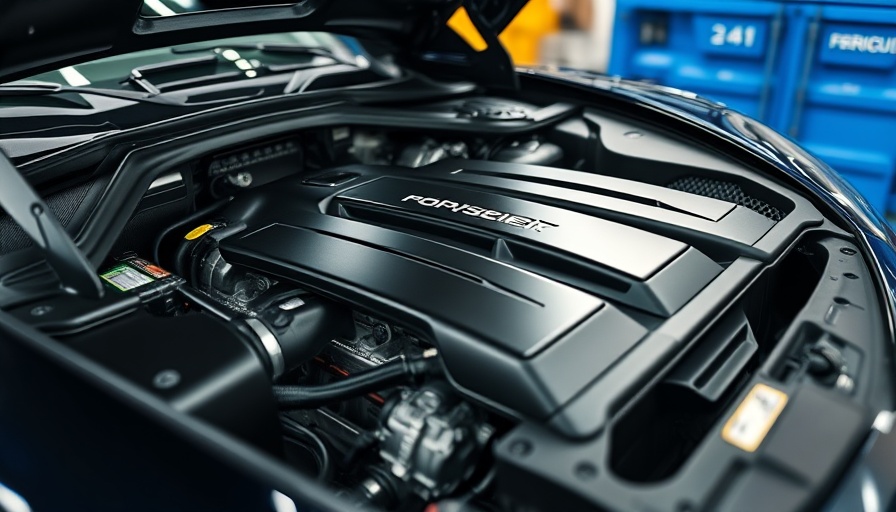
Why Timely Maintenance is Essential for Luxury Cars
Owning a luxury car like a BMW or Mercedes is an exhilarating experience that comes with a unique set of responsibilities. With their sleek designs and powerful engines, these vehicles offer more than just transportation—they represent a lifestyle. However, to truly enjoy the benefits of luxury driving, regular maintenance is a non-negotiable aspect. Neglecting to care for key components can lead to expensive repairs, not to mention disruptions to your driving experience.
The Key Components to Regularly Inspect
Here are some crucial parts of a luxury car that require timely check-ups to ensure performance, safety, and longevity:
1. Engine Oil
Engine oil is vital for reducing friction within the engine. Over time, oil can become contaminated, reducing its effectiveness. Regular oil changes not only enhance engine efficiency but also prevent costly repairs down the line.
2. Brakes
Your safety largely hinges on the brakes. Regular inspections are essential, as worn-out brake pads can impair performance dramatically. If you hear unusual sounds when stopping or experience vibrations, it’s crucial to act immediately. Replacing brake fluid biennially is also highly recommended.
3. Tires
As the only point of contact with the road, tire maintenance is essential. Regularly check tire pressure and rotate them every 6,000 to 8,000 miles to maximize performance and safety. Under-inflated tires not only jeopardize safety but can also lead to increased fuel consumption.
Future Insights: Keeping Your Luxury Car in Top Condition
As technology advances, maintenance practices are also evolving. Many luxury cars now feature advanced diagnostics that alert owners to when parts need attention. Understanding these new technologies can keep your car performing at its best while saving you money on repairs.
Final Thoughts on Luxury Car Maintenance
In conclusion, luxury cars demand attention, but the payoff is a smooth and safe ride. Understanding which components need regular maintenance can save you from unexpected costs and improve your driving experience. Schedule your next inspection today, and ensure your luxury vehicle remains as exhilarating as the day you drove it off the lot.
 Add Row
Add Row  Add
Add 




Write A Comment